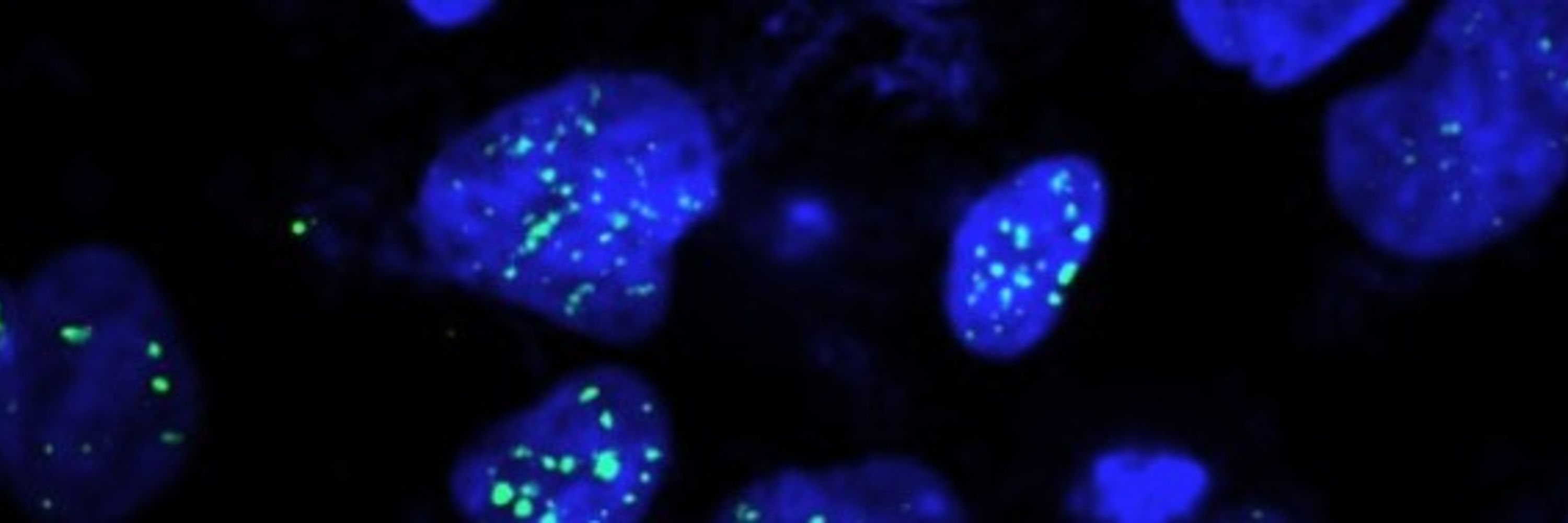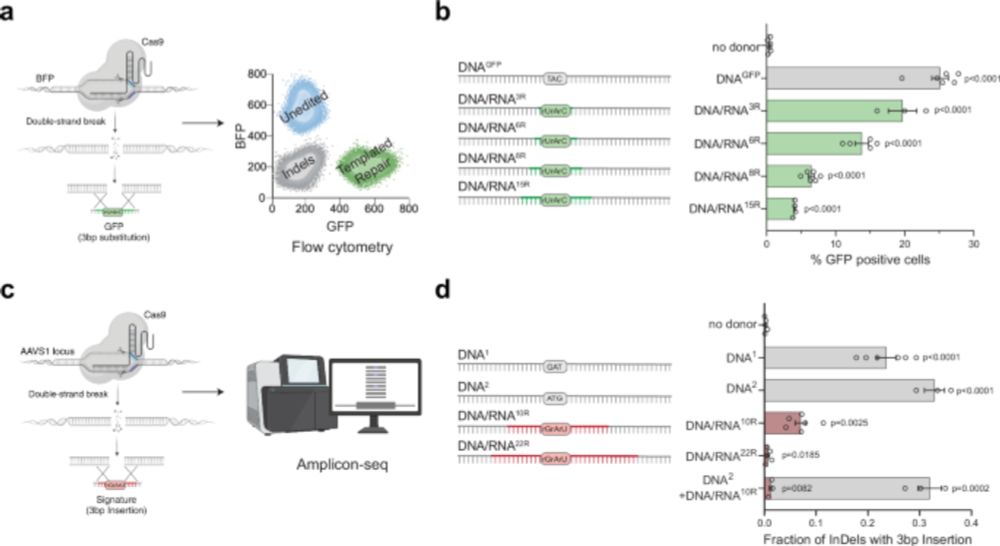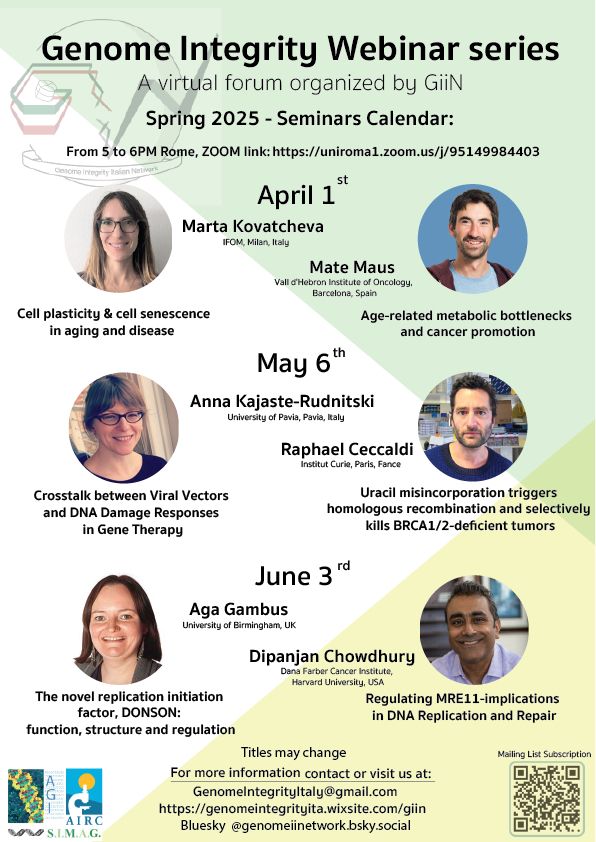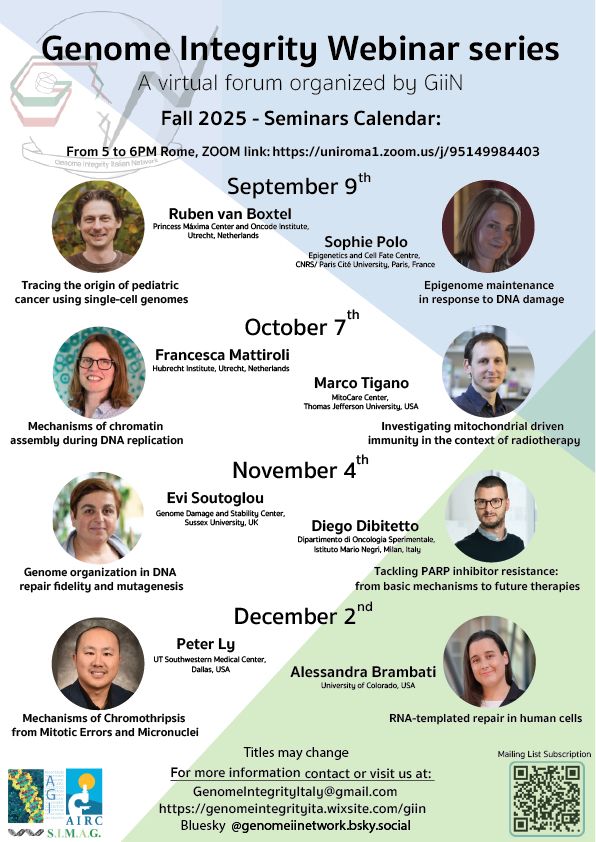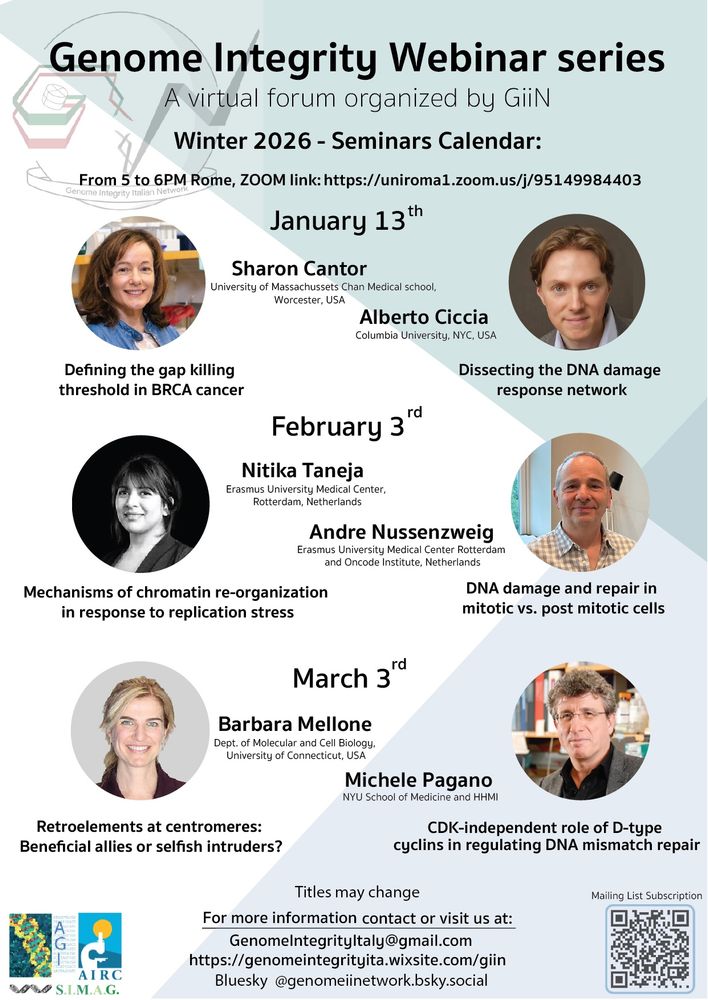Alessandra Brambati
@alebrambati.bsky.social
780 followers
1.2K following
26 posts
Assistant Professor at Anschutz CU | Big fan of molecular mechanisms that govern genome stability | 🇮🇹 to 🇺🇸
Lab Website https://sites.google.com/view/brambatilab/home
Posts
Media
Videos
Starter Packs
Pinned
Reposted by Alessandra Brambati
Reposted by Alessandra Brambati
